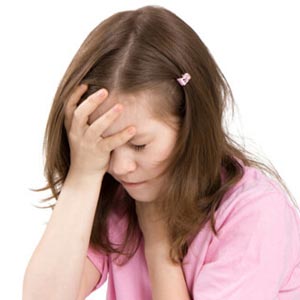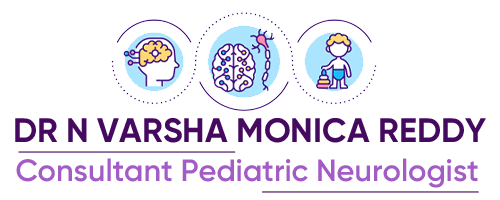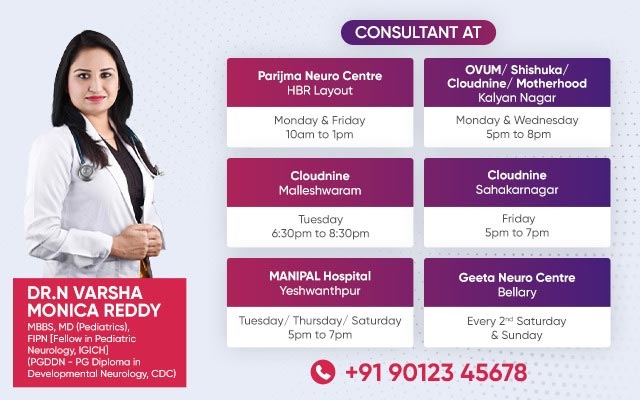In children, stroke is very uncommon yet it can lead to deaths and diseases. Children with strokes can show up in a different way than adults and often found with unique risk factors that optimises the results in kids. Get the pediatric brain stroke treatment in Yeshwanthpur at children stroke hospitals
When the flow of blood to an area of the brain is interfered/blocked either by a blood clot or a broken blood vessel, this condition leads to stroke. When both of these things occurs, brain cells begin to die and causes brain damage.
Pediatric stroke affects 25 in 100,000 new-borns and 12 in 100,000 kids under the age of 18. Stroke is the 6th leading cause of death in kids. Children who are at risk of stroke include:
- New-borns, particularly full-term infants
- Older kids with sickle cell anaemia, immune disorders, congenital heart defects or issues with blood clotting
- Earlier healthy children who would suffer from hidden disorders like narrow blood vessels or a tendency to frame blood clots easily.

What are the various types of pediatric stroke?
- Arterial ischemic stroke (AIS): Brain injury caused by blockage of blood flow in an artery brought about by a blood clot or artery narrowing.
- Cerebral sinovenous apoplexy (CSVT): Impaired brain function or brain injury caused by obstructed drainage of blood from the brain by clotting in the brain’s venous system. It might disappear before permanent damage is done to the brain or it might cause an ischemic stroke or intracranial haemorrhage.
- Intracranial haemorrhage: Bleeding in the brain that leads to brain injury. Arteries and other tiny blood vessels lead to pathways throughout the brain bringing the blood from the heart. If these arteries or blood vessels deteriorate and spurt, they cause haemorrhagic stroke.
What are the symptoms of stroke in kids?
The signs and symptoms of stroke rely on the child’s age and the cause of the stroke:
In babies you could see:
- Seizures
- Too much of sleepiness or modified mental status
- Inclination to utilize only one side of the body
In young kids, the diagnosis is often delayed. In older kids, stroke symptoms are more similar to the symptoms found in adults and may include:
- Severe headache, perhaps with vomiting
- Issue with vision or moving the eyes
- Weakness or numbness on one side of the body or face
- Dizziness or sudden confusion
- Trouble in walking or loss of balance or coordination
- Difficulty in seeing
- Difficulty in speaking or understanding words or sentences
- Sleepiness or loss of consciousness
- Seizure or paralysis of one part of the body
How is stroke diagnosed in kids?
Diagnosis starts with a review of your kid's current symptoms and health history. A few tests might be done to assist with making the diagnosis:
- Brain imaging studies: Brain magnetic resonance imaging (MRI) is the test of choice for stroke diagnosis in kids. Computed tomography (CT) scans are a good option if MRI isn't available. Magnetic resonance angiography (MRA) may likewise be done as a part of the MRI. Transcranial doppler or ultrasound of the brain might be done to search for irregularities of brain blood vessels.
- Blood tests: Blood is tested for signs of infection, sickle cell disease, inflammation of blood vessels, and blood clotting abnormalities.
- Heart and blood vessel studies: Heart rhythm is checked with an electrocardiogram (ECG). A special ultrasound of the heart might be done to search for the heart for possible reasons for air embolism or blood clot. A special monitor may likewise be worn to search for heart rhythm irregularities over a lengthy time.
- Lumbar puncture: Fluid encompassing the brain and spinal cord (cerebrospinal fluid) might be checked for blood or signs of infection.
- Electroencephalogram or EEG: This is done to search for seizures.
- Beat oximetry: This helps to ensure there is sufficient oxygen in the blood.
Treatment of stroke in youngsters
Treatment relies upon the cause for the stroke. Treatment might include:
Intravenous (IV) fluids to stay away from or reverse dehydration. Other treatment incorporates:
- Oxygen
- Blood transfusions
- Drugs to treat blood clots and to thin blood
- Surgery for a few specific reasons
What is the prevention of stroke in kids?
The first sign of a stroke in children is usually the first warning, so there is no way for prevention of first stroke. Few kids might have second stroke. Your child’s doctor will treat the condition that may have led to the stroke. Medicines, procedures and surgery might be a part of the treatment.
How to manage stroke in kids?
Usually, kids recover from stroke. The child receives the physical, occupational and rehabilitation therapy after the first treatment.
Loss of movement on one part of the body is the most common issue. The child might require help with learning, vison, speech and behaviour issues.
Consult Dr. N. Varsha Monica Reddy for emergency child neurology treatment in Kalyan Nagar

